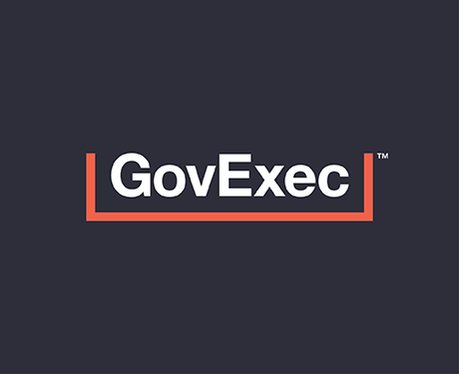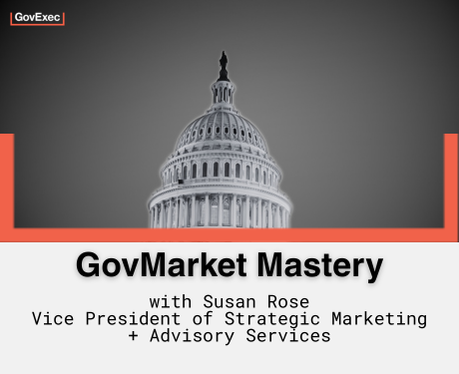As someone who has spent her entire career in the events business, the experiential world is not for the faint of heart. Beyond the things that can happen in the “live” space, Covid-19 threw a significant curveball at the event business, forcing most producers to shut down their conference businesses and pivot to an all-virtual event model.
Fast forward fifteen months — virtual event fatigue is real. At the beginning of the pandemic, everyone was logging on and engaging virtually, sometimes for six and eight hours a day (or longer). But the novelty of that model soon wore off, and virtual events went from 70% attendance to 35-40%. As producers of 200+ events per year, one of the biggest questions we often get is what is next for events?
The answer is complex. While baseball stadiums are packed and flights are filled, not everyone feels comfortable navigating crowds and public transportation to attend an in-person event. Add to that reduced capacity levels, mask mandates, and the Delta variant, and the events outlook seems to change weekly. Recently, GovExec surveyed both our readers and advertisers and both groups seem to favor a slower approach to return to the “new normal.” Much of that is driven by the way we work now. Many companies have moved to—and will remain—remote work environments going forward. Also, your most desired attendees (CIOs, CXOs) are your busiest. One of the biggest things we’re hearing is that for attendees to consider leaving their home offices to come to a live event, they want “meaningful networking.”
So, if you’re looking for events to return to pre-2020, think again. Don’t mistake the fact that people are jumping on flights to Europe and attending concerts to mean they’re going to return to pre-2020 live event days of 70+ events per week in Washington DC alone. Or, if you’re still producing webinars the same way as we did during a captive virtual Covid world, you’ll be disappointed to see dwindling attendee numbers. Instead, there is a third way that combines the best of live experiences with digital communities.
Below are a few new tips and trends we’re seeing as we head into fall:
Design like TV. Do you find yourself watching news or sports networks for hours? What you’ll notice is that broadcast TV understands how to navigate short attention spans with frequent format and guest changes. In a recent survey Splash, the event platform found that only 7% of people want events to last longer than an hour or more. Most people they surveyed (55%) want virtual events to be 30 minutes or less. Long viewing times are one of the key reasons for virtual event fatigue, so try capping your event at 25 minutes tops with a break.
If people are bored by your content, they may be reluctant to come back again. To avoid this situation, mix up formats between interviews, keynotes, and breakout style. Look at the way shows like Live with Kelly and Ryan use “segments” that move from one topic to another to keep viewers interested. Thinking of your audience as viewers rather than attendees will change the way to approach your event design.
Think of Event Programming Differently. Don’t simply pick up your 3-day conference and create it virtually. Instead, spread your event out in days with no more than 3 hours of programming. Think of content and community, not events, and work to create a thematic experience. Consider adding a content hub where you can add news, videos, takeaways, or white papers. And try stringing several shorter events together, followed by a working group tied to research. People will make time out of their busy days to help their industry or their peers with trends research.
If you’re looking at a hybrid live/digital event model, develop a content plan that uses the best of both types. Offer a safe and socially distanced live experience coupled with a real-time broadcast of the mainstage sessions, but then save the breakout sessions for extended content opportunities that are released over time (look at the way organizations like Netflix release episodes, where they make them “moments.”). Also, offer “working group” sessions that are only available to the live attendees. In addition to your event plan, you should have a content release plan that engages attendees and reaches new audiences.
Scrutinize Your Mainstage Content. One of the best things about events in the virtual world was that no speaker—anywhere in the world—was off-limits. If you’re keeping a hybrid model, program a portion of your event with interesting content from around the world, such as global case studies, immersive topics from hard-to-reach areas, or “hard-to-get” interviewees that make your virtual event stand out. When creating your program agenda, remember to save your best speaker for last in your session line-up in order to keep your audience engaged.
Gamify. Does watching your screen make you tired? There is a reason for that. According to the National Academy of Sciences, when we sit looking at a screen for hours we blink less and our body becomes convinced we’re shutting down to sleep. To fight the dreaded panel discussion fatigue, look for things like polls, live chats, and prizes for attending multiple sessions. Give badges. Offer breaks that use dance music, yoga, or live illustrators. Try something totally different like a lunchtime cooking class for attendees before your afternoon programming. Want to mix up your content even more? Offer a crowdsourced session or track. Shake up your format by posting requests for ideas and then letting your attendees serve as experts. Often, if your audience is high-level enough, they are.
Repeat After Me: Virtual Events are Not Webinars. Webinars are wonderful and have their place alongside other event models with varied content design, but webinars alone are not virtual events. In fact, mistaking your webinar for a virtual event is a quick way to see dwindling audiences. One way to refresh your webinar is to make it education-based (versus your virtual event, which is “trend-” or “brand-” based). Separate your webinar series content by awarding CEUs or other credits. Best time for a webinar? It seems like #WebinarWednesday still wins with lunch as the most captive time.
What on Earth is Meaningful Networking? In short, meaningful networking opportunities are places where communities come together. Sal Fuentes, CEO of Decision Counsel, thinks companies should be looking at communities as the way of the future. “We’re looking at small communities of 15-20 professionals based on their levels of experience and then rolling those groups up into big events with community managers.”
Fuentes also thinks that as you design live event content for attendees, you have to constantly be asking “What makes it worth it?” In a recent event, Fuentes and his team had one member from the hosting organization responsible for the experiences of 20-30 attendees to make sure they were invited to coffee and connected with someone at the event. These “match-ups” were designed so every attendee had a meaningful connection, ultimately creating community at the event.
Can You Ever (Really) Replace the Tradeshow? There are some amazing examples of virtual and hybrid networking out there, with some of the best shows featuring “gamification” of virtual online events. In this gamification, booth space or even cities can be re-created and attendees can be rewarded with gifts and points for things like chatting or booking meetings that they can redeem for prizes or donations to charities.
One thing we have continued to hear from sponsors and attendees alike at all shows is that the virtual booth does not always successfully recreate the tradeshow booth experience. Virtual “booths” can be difficult to design and the lead number or quality may be disappointing. While many sponsors or attendees of the old “live” shows pre-pandemic did not care for the giant networking breaks, the online marketplace can still be lacking. Technology is getting better, however, with AI driving “matchmaking” between attendees and companies in some new shows.
Another way to enhance the experience is with small group workshops or roundtables both online and in-person to compliment the booth. Content is still king and good content will always drive the right attendees to companies. You might consider an AI top of the funnel lead solution and then more tailored content. As with physical shows, some of the best results come from your sales or business development teams working social media prior to your events to connect with their customers. Make sure that you have a full complement of pre-written social media posts (Twitter, LinkedIn, etc.) for your team to send.


